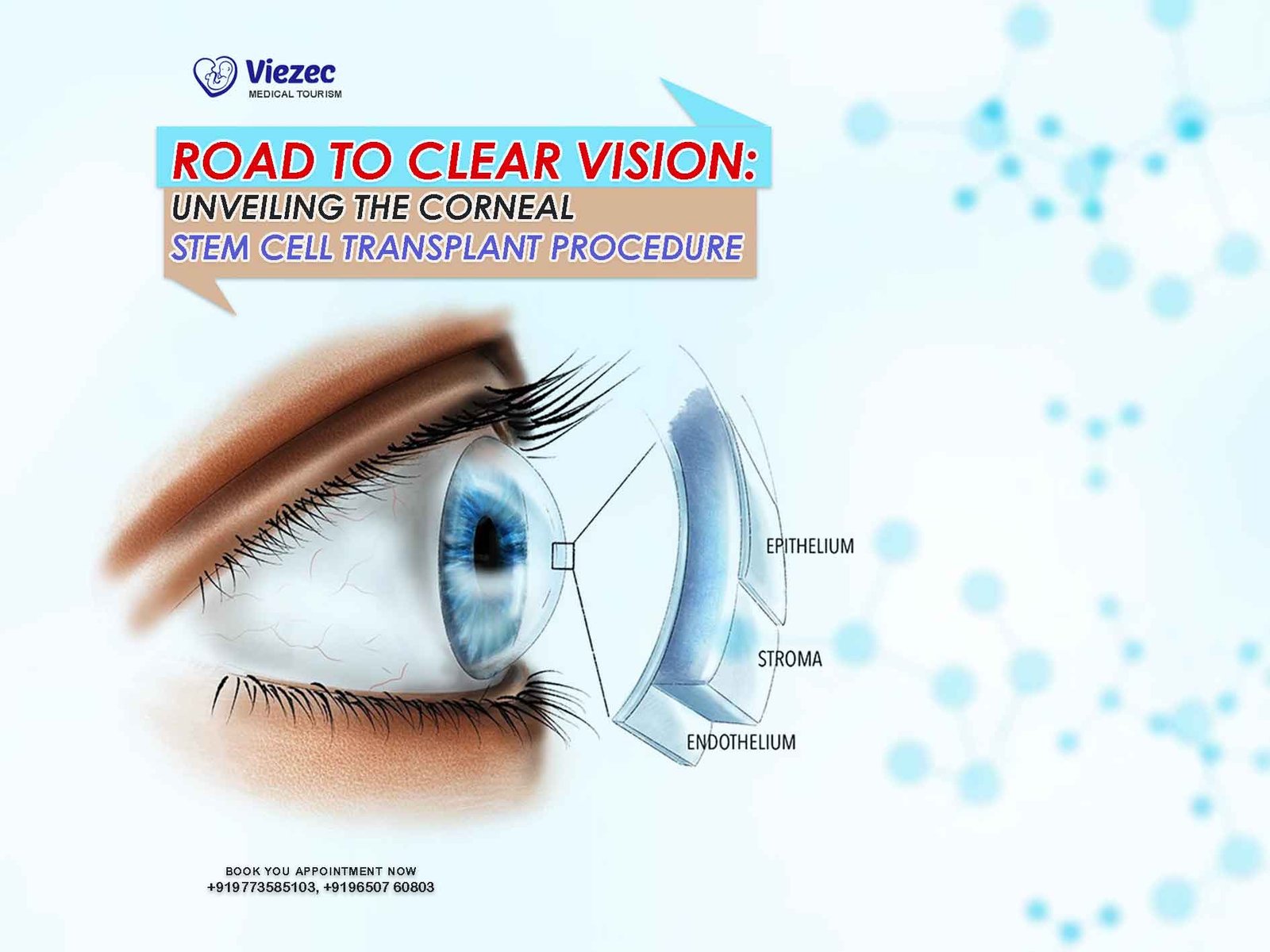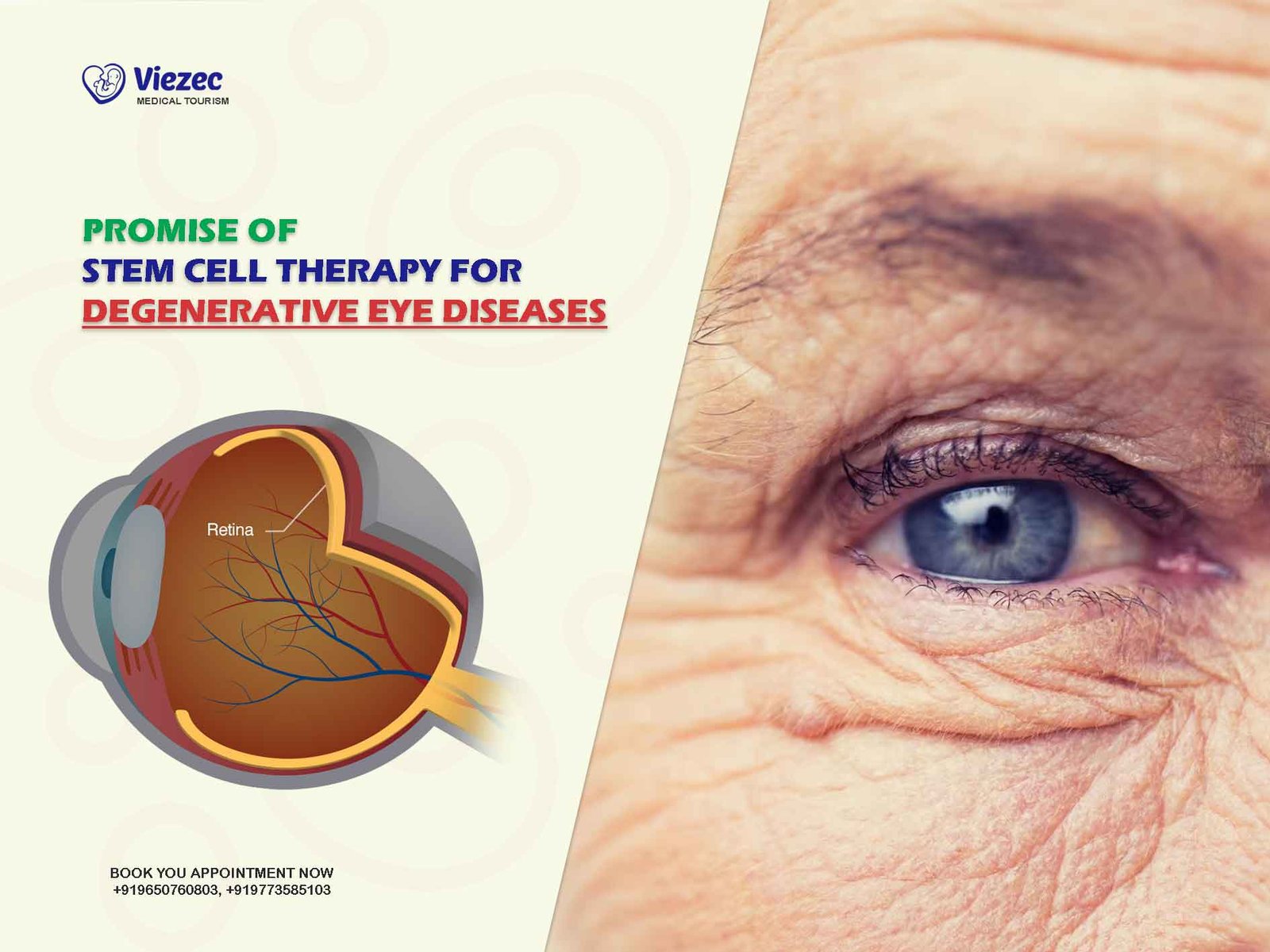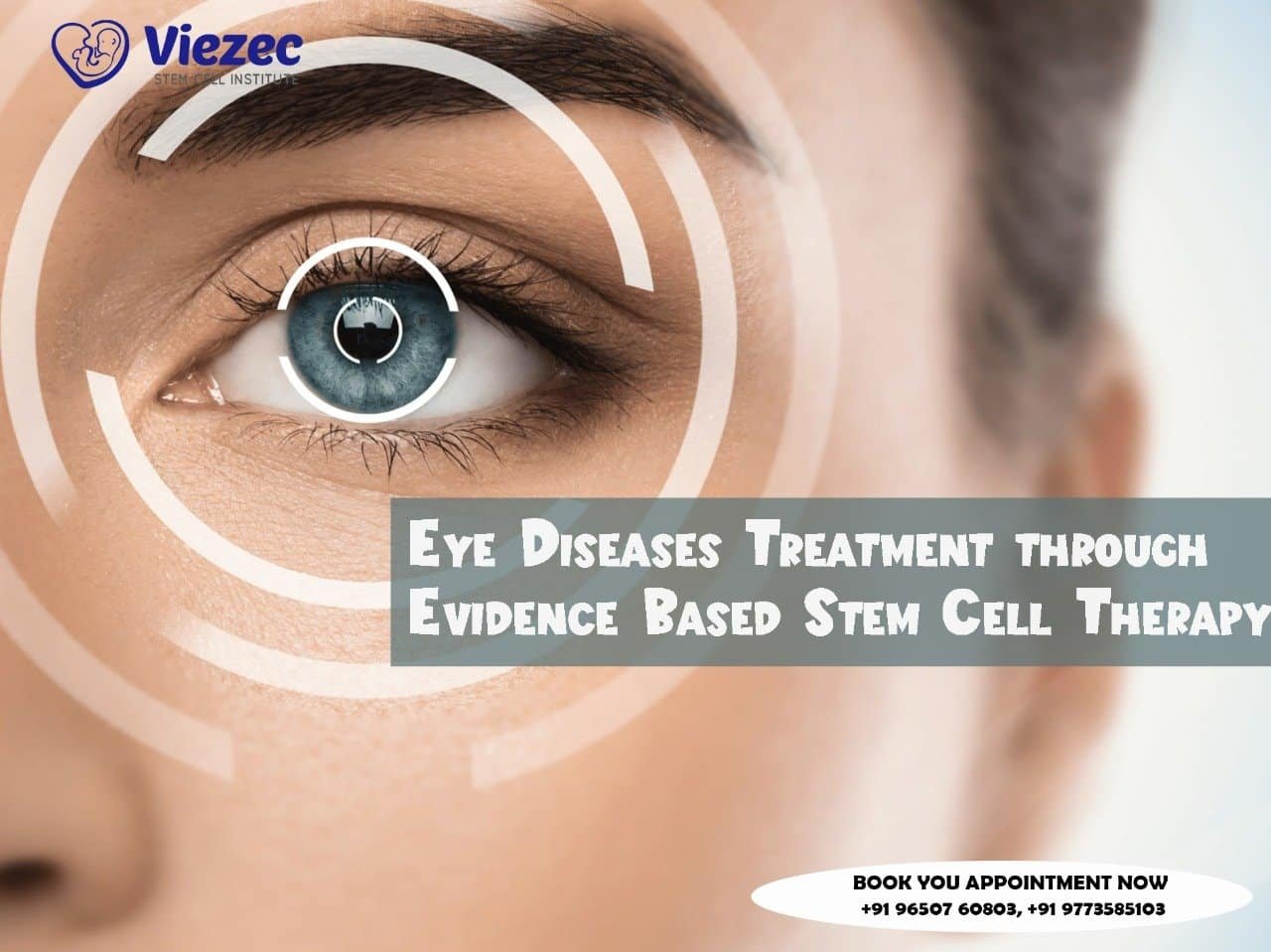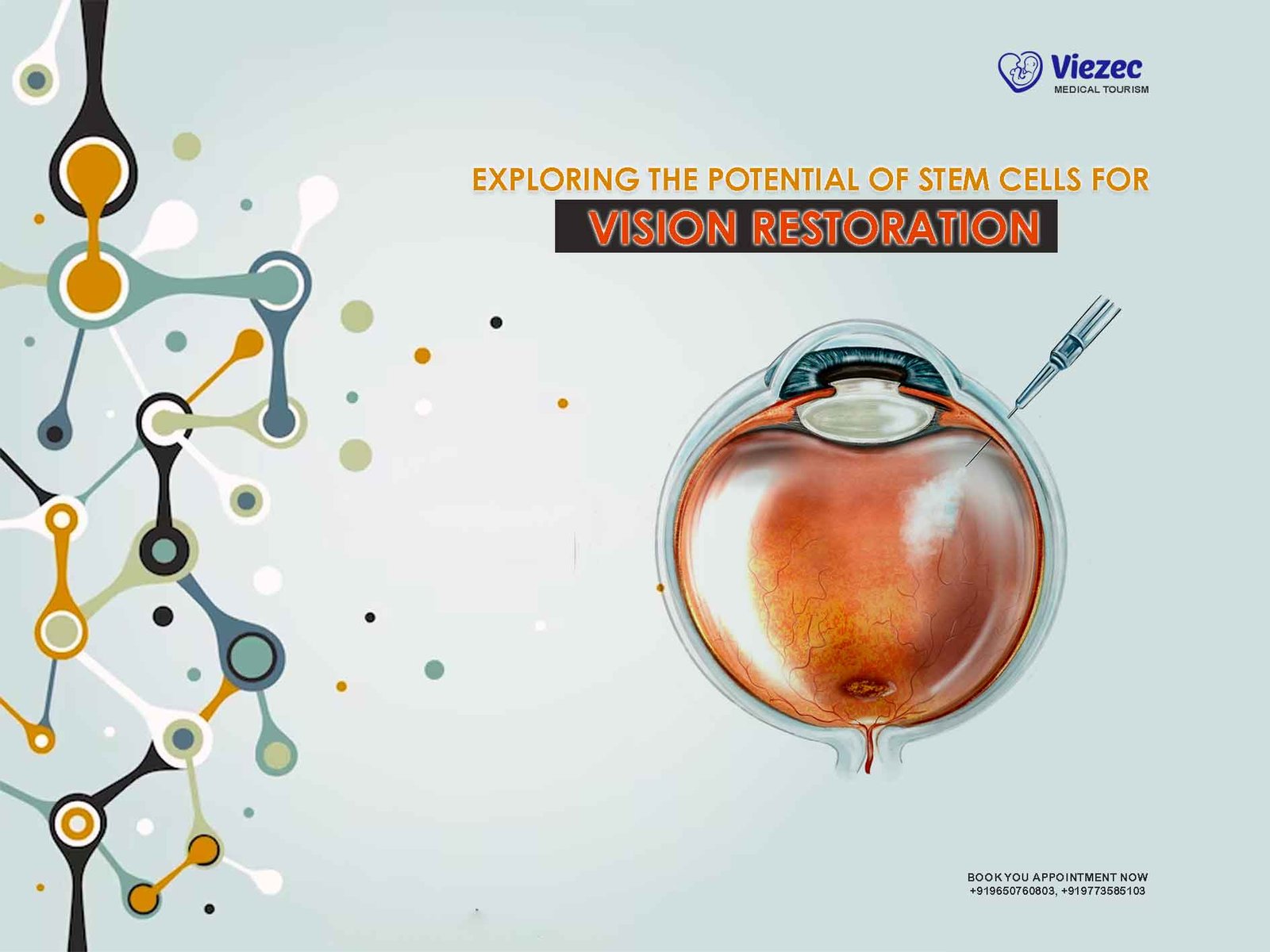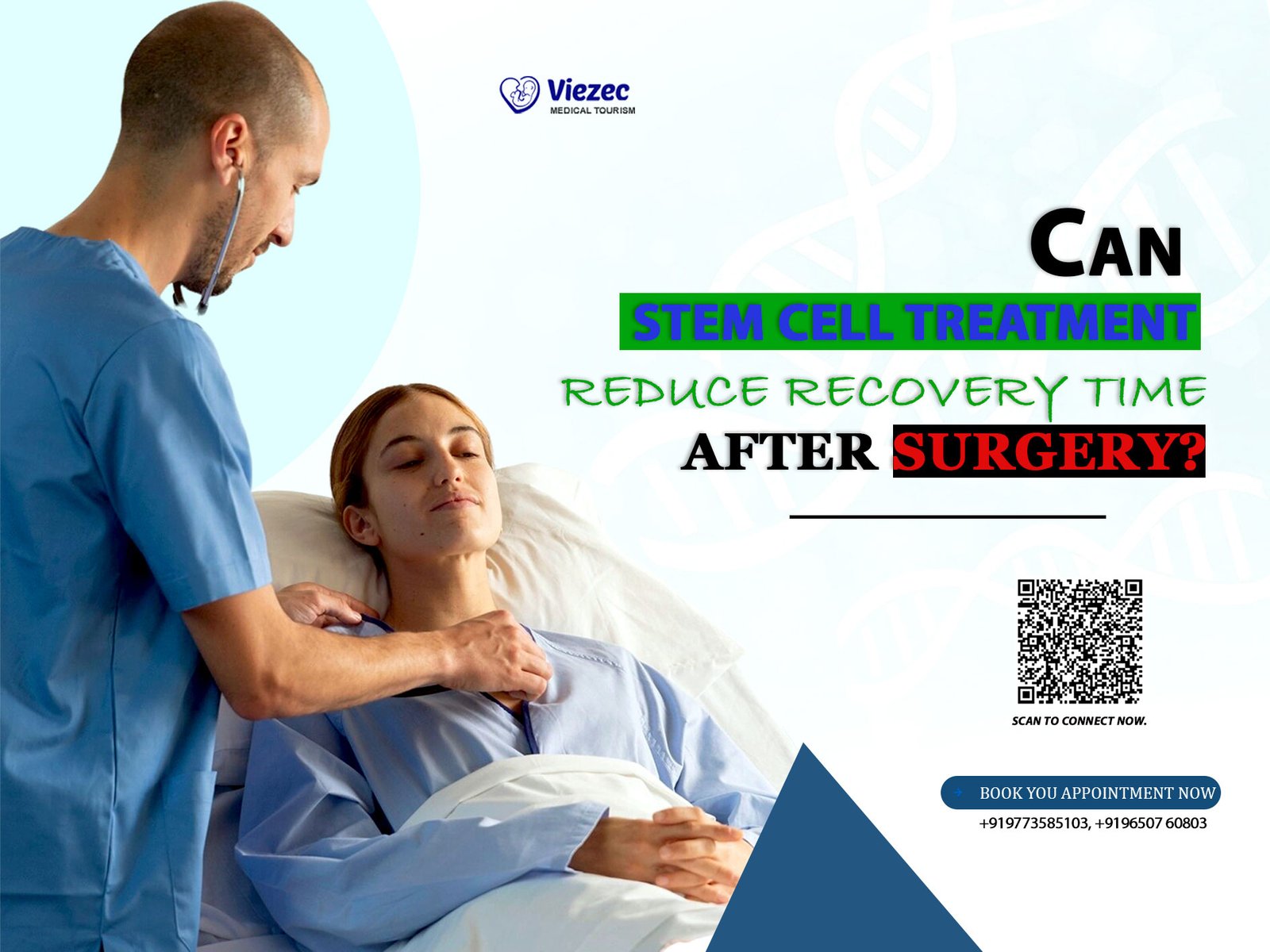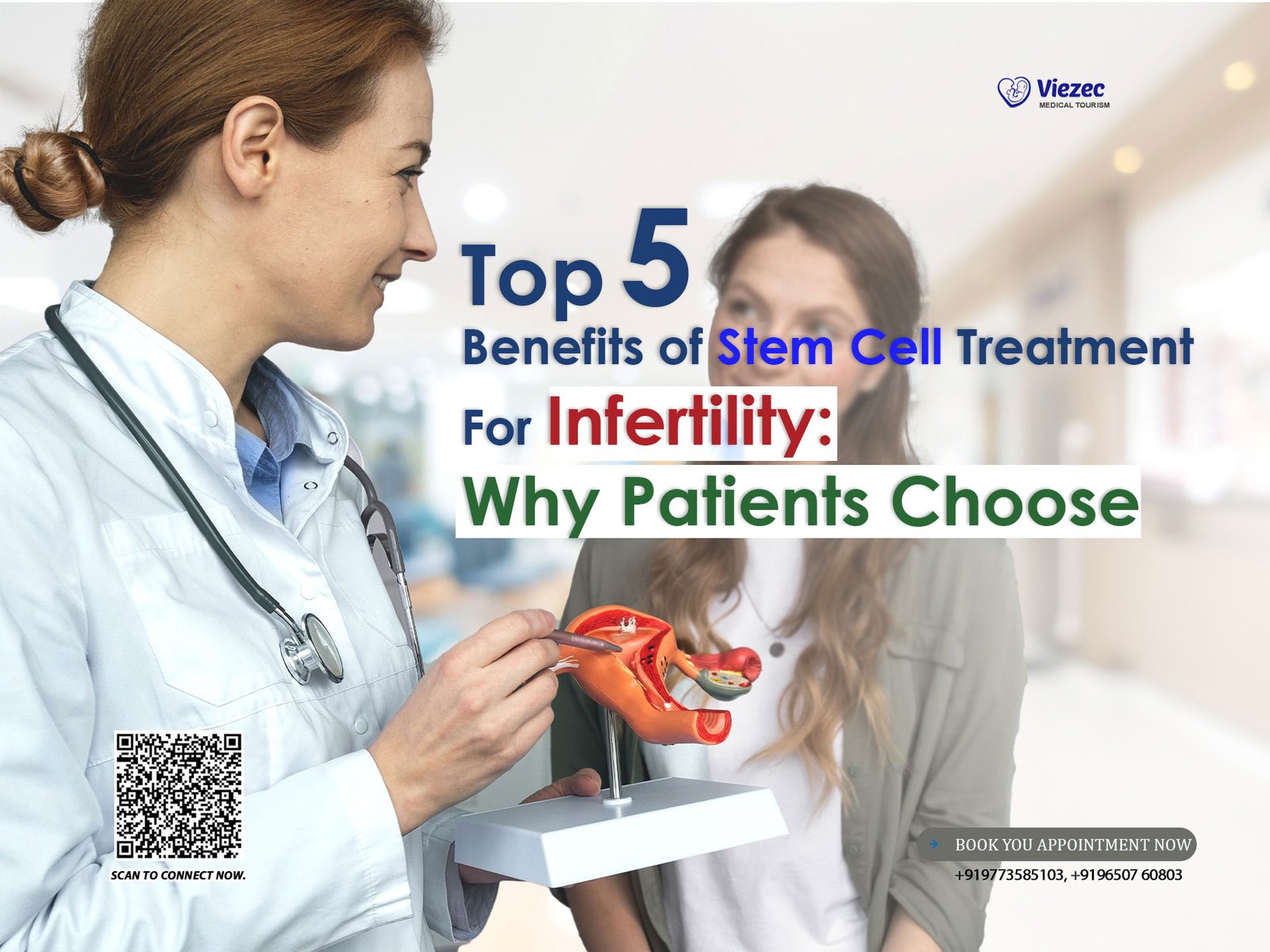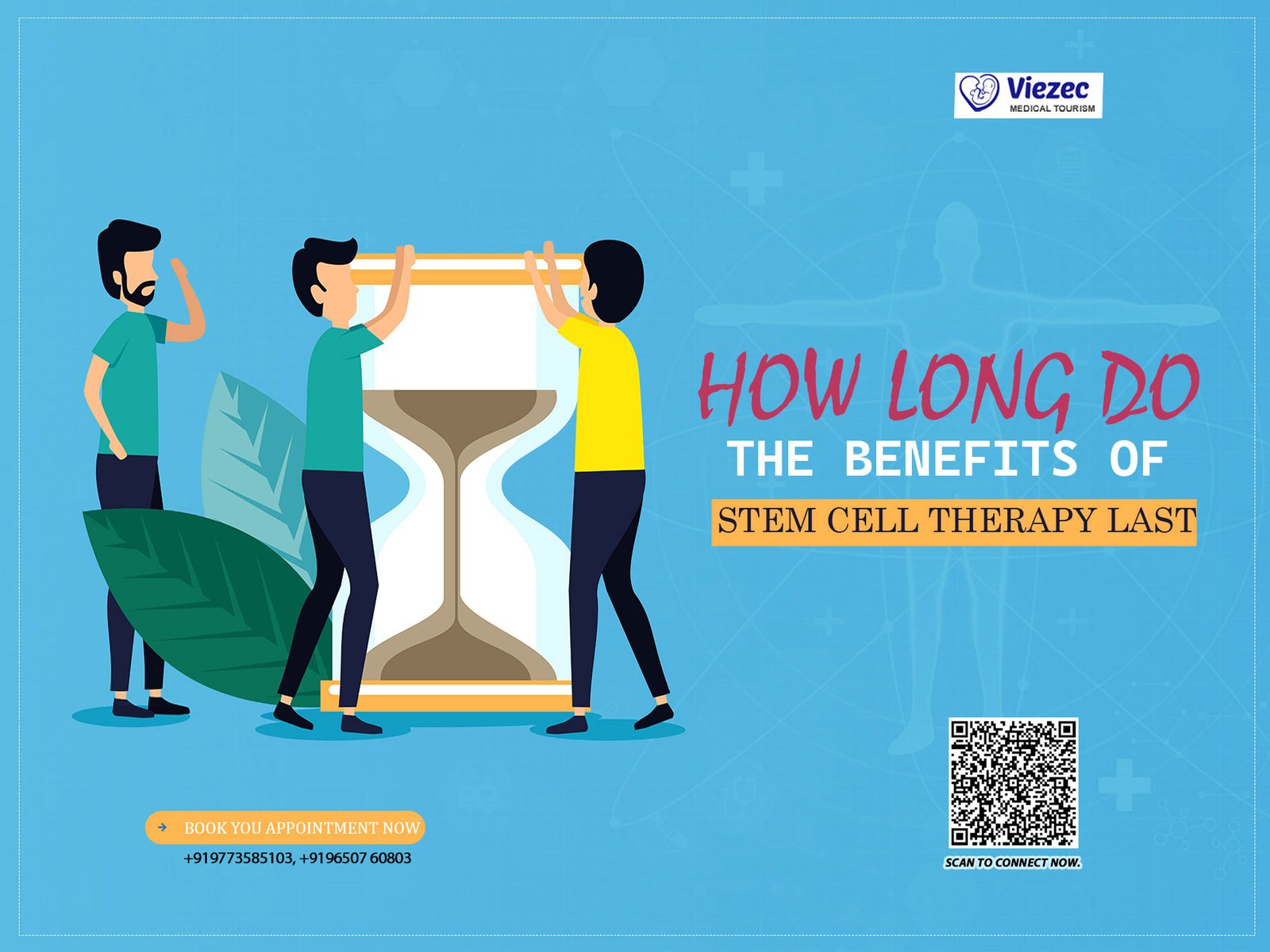Eye diseases encompass a wide range of conditions that can affect various parts of the eye, leading to vision impairment or loss. Common eye diseases include age-related macular degeneration (AMD), retinitis pigmentosa, diabetic retinopathy, glaucoma, and corneal disorders. These conditions can have a profound impact on individuals’ quality of life, affecting their ability to perform daily activities, work, and maintain independence. With the aging population, the prevalence of these diseases is increasing, making it crucial to find effective treatments to preserve and restore vision.
Definition of Stem Cell Therapy
Stem cell therapy involves the use of stem cells to treat or prevent a disease or condition. Stem cells have the unique ability to develop into different cell types in the body, offering the potential to repair or replace damaged tissues and organs. In the context of eye diseases, stem cell therapy aims to restore the function of damaged or degenerated ocular tissues, thereby improving vision. This innovative approach leverages the regenerative capabilities of stem cells to address the underlying causes of eye diseases rather than merely managing symptoms.
Importance of Stem Cell Therapy in Ophthalmology
The significance of stem cell therapy in ophthalmology lies in its potential to provide long-lasting solutions for eye diseases that currently have limited treatment options. Traditional treatments for many eye conditions focus on slowing disease progression or managing symptoms, often with limited success. Stem cell therapy, on the other hand, offers the possibility of regenerating damaged tissues, restoring vision, and potentially curing diseases. This breakthrough has the potential to revolutionize the field of ophthalmology, offering hope to millions of individuals suffering from debilitating eye conditions.
Types of Stem Cells Used in Eye Therapy
Embryonic Stem Cells
Embryonic stem cells (ESCs) are derived from early-stage embryos and possess the ability to differentiate into any cell type in the body. In eye therapy, ESCs can be directed to become retinal cells, which are crucial for vision. The use of ESCs in treating eye diseases holds great promise due to their high differentiation potential. However, ethical concerns and the risk of tumor formation are significant challenges that need to be addressed. Despite these issues, ESCs remain a valuable resource for developing regenerative therapies for eye diseases.
Induced Pluripotent Stem Cells (iPSCs)
Induced pluripotent stem cells (iPSCs) are generated by reprogramming adult cells to revert to a pluripotent state, similar to that of ESCs. iPSCs offer a promising alternative to ESCs as they bypass ethical issues and can be derived from the patient’s own cells, reducing the risk of immune rejection. In ophthalmology, iPSCs can be used to create patient-specific retinal cells for transplantation, offering personalized treatment options. The ability to generate iPSCs from various cell types makes them a versatile tool in the development of stem cell-based therapies for eye diseases.
Adult Stem Cells
Mesenchymal Stem Cells
Mesenchymal stem cells (MSCs) are multipotent stromal cells that can differentiate into a variety of cell types, including bone, cartilage, and fat cells. In eye therapy, MSCs are valued for their ability to secrete neuroprotective and anti-inflammatory factors, which can aid in the repair of damaged ocular tissues. MSCs can be isolated from various sources, including bone marrow, adipose tissue, and umbilical cord blood. Their immunomodulatory properties make them an attractive option for treating inflammatory and degenerative eye diseases.
Retinal Stem Cells
Retinal stem cells are progenitor cells found in the retina that have the potential to regenerate retinal cells. These stem cells are particularly important for treating retinal diseases such as AMD and retinitis pigmentosa. Research is ongoing to understand how to effectively stimulate these cells to replace damaged photoreceptors and retinal pigment epithelial cells. The ability of retinal stem cells to integrate into existing retinal tissue and restore function makes them a focal point of regenerative eye therapies.
Mechanisms of Stem Cell Action
Differentiation into Retinal Cells
One of the primary mechanisms by which stem cells can aid in treating eye diseases is through their differentiation into retinal cells. Stem cells can be directed to become specific types of retinal cells, such as photoreceptors or retinal pigment epithelial cells, which are crucial for vision. By replacing damaged or degenerated cells in the retina, stem cell therapy has the potential to restore visual function. This process involves a complex interplay of signaling pathways and transcription factors that guide stem cell differentiation.
Secretion of Neuroprotective Factors
Stem cells also contribute to eye health by secreting neuroprotective factors that support the survival and function of existing retinal cells. These factors can reduce inflammation, protect against oxidative stress, and promote tissue repair. Mesenchymal stem cells, in particular, are known for their ability to secrete a wide range of bioactive molecules that create a supportive microenvironment for retinal cells. This paracrine effect enhances the overall therapeutic potential of stem cells in treating eye diseases.
Immune Modulation
Another crucial mechanism of stem cell action in eye therapy is immune modulation. Stem cells can modulate the immune response, reducing inflammation and preventing immune-mediated damage to ocular tissues. This is particularly important in diseases where inflammation plays a significant role in disease progression, such as diabetic retinopathy and uveitis. By modulating the immune response, stem cells help create a more favorable environment for tissue repair and regeneration, improving the outcomes of stem cell-based therapies.
Stem Cell Therapy for Retinal Diseases
Age-Related Macular Degeneration (AMD)
Age-related macular degeneration (AMD) is a leading cause of vision loss in older adults. It involves the degeneration of the central portion of the retina, known as the macula, which is essential for sharp, central vision. Stem cell therapy for AMD focuses on replacing damaged retinal pigment epithelial cells and photoreceptors. Clinical trials using embryonic stem cells and iPSCs have shown promising results, with patients experiencing improvements in visual acuity and retinal structure. Ongoing research aims to refine these therapies to enhance their safety and efficacy.
Retinitis Pigmentosa
Retinitis pigmentosa is a group of genetic disorders characterized by the progressive loss of photoreceptors, leading to vision loss. Stem cell therapy offers hope for patients with retinitis pigmentosa by providing a means to replace the lost photoreceptors and restore vision. Studies using iPSCs and retinal progenitor cells have demonstrated the potential to generate functional photoreceptors that integrate into the retinal tissue. These advances hold promise for developing effective treatments for this currently incurable disease.
Diabetic Retinopathy
Diabetic retinopathy is a complication of diabetes that affects the blood vessels of the retina, leading to vision impairment. Stem cell therapy for diabetic retinopathy aims to repair damaged blood vessels and prevent further retinal damage. Mesenchymal stem cells and iPSCs have shown potential in promoting vascular repair and reducing inflammation. Clinical trials are underway to evaluate the safety and efficacy of these therapies, with the goal of offering new treatment options for patients with diabetic retinopathy.
Stem Cell Therapy for Corneal Diseases
Limbal Stem Cell Deficiency
Limbal stem cell deficiency is a condition where the stem cells responsible for maintaining the corneal epithelium are depleted, leading to corneal opacity and vision loss. Stem cell therapy for this condition involves transplanting limbal stem cells to restore the corneal surface. This can be achieved using autologous limbal stem cell transplantation or cultivating limbal stem cells ex vivo before transplantation. These approaches have shown success in restoring corneal clarity and improving vision in patients with limbal stem cell deficiency.
Corneal Scarring and Injury
Corneal scarring and injury can result from trauma, infections, or surgeries, leading to impaired vision. Stem cell therapy offers a potential solution by promoting the regeneration of healthy corneal tissue. Mesenchymal stem cells, in particular, have shown promise in reducing scarring and enhancing corneal wound healing. Research is ongoing to optimize the delivery and integration of stem cells into the cornea to achieve the best therapeutic outcomes.
Keratoconus
Keratoconus is a progressive eye disease that thins and reshapes the cornea, leading to vision distortion. Traditional treatments for keratoconus include corneal cross-linking and transplantation. Stem cell therapy offers a novel approach by targeting the underlying causes of the disease and promoting corneal stability. Studies using mesenchymal stem cells and iPSCs aim to strengthen the corneal structure and prevent further progression of keratoconus, potentially reducing the need for invasive surgeries.
Stem Cell Therapy for Glaucoma
Retinal Ganglion Cell Regeneration
Glaucoma is a group of eye diseases characterized by damage to the optic nerve, often due to increased intraocular pressure. This damage leads to the loss of retinal ganglion cells, which are essential for transmitting visual information to the brain. Stem cell therapy for glaucoma focuses on regenerating retinal ganglion cells and protecting the optic nerve. Research using iPSCs and retinal progenitor cells has shown potential in generating new retinal ganglion cells, offering hope for restoring vision in glaucoma patients.
Optic Nerve Repair
In addition to retinal ganglion cell regeneration, stem cell therapy for glaucoma aims to repair the optic nerve itself. The optic nerve is a complex structure that can be damaged by various factors, leading to vision loss. Stem cells can potentially promote the repair and regeneration of optic nerve fibers, improving visual function. Advances in understanding the mechanisms of optic nerve repair and the development of targeted stem cell therapies hold promise for treating glaucoma more effectively.
Clinical Trials and Research
Current Clinical Trials
Numerous clinical trials are underway to evaluate the safety and efficacy of stem cell therapies for various eye diseases. These trials involve different types of stem cells, including embryonic stem cells, iPSCs, and mesenchymal stem cells. The results of these trials are crucial in determining the potential of stem cell therapy to become a standard treatment for eye diseases. Early-phase trials have shown promising results, with some patients experiencing significant improvements in vision and retinal function.
Recent Advances in Research
Recent advances in stem cell research have paved the way for more effective and targeted therapies for eye diseases. Innovations in stem cell differentiation protocols, gene editing technologies, and tissue engineering have enhanced the ability to generate specific retinal and corneal cell types. Additionally, understanding the mechanisms of stem cell action has led to the development of combination therapies that harness the regenerative and neuroprotective properties of stem cells. These advances bring us closer to realizing the full potential of stem cell therapy in ophthalmology.
Case Studies and Outcomes
Case studies and clinical outcomes provide valuable insights into the effectiveness of stem cell therapies for eye diseases. Patients treated with stem cell therapies have reported improvements in visual acuity, retinal structure, and overall quality of life. These positive outcomes highlight the potential of stem cell therapy to transform the treatment landscape for eye diseases. However, long-term follow-up and larger studies are needed to fully assess the durability and safety of these treatments.
Patient Selection and Eligibility
Criteria for Stem Cell Therapy
Patient selection is critical to the success of stem cell therapy for eye diseases. Criteria for eligibility include the type and stage of the eye disease, the patient’s overall health, and the availability of suitable stem cell sources. Patients with progressive or severe forms of eye disease that have not responded to conventional treatments may be considered for stem cell therapy. A thorough evaluation by a multidisciplinary team of ophthalmologists, stem cell researchers, and ethicists is essential to determine the best candidates for these experimental treatments.
Assessing Patient Suitability
Assessing patient suitability for stem cell therapy involves a comprehensive evaluation of the patient’s medical history, ocular condition, and potential risks. This assessment includes imaging studies, visual function tests, and laboratory evaluations to ensure that the patient can benefit from the therapy. Additionally, patients must be informed about the experimental nature of stem cell therapy, potential benefits, and risks. Informed consent is a crucial aspect of patient selection, ensuring that patients have realistic expectations and understand the potential outcomes.
Risk Factors and Contraindications
While stem cell therapy holds promise, it is not suitable for everyone. Risk factors and contraindications must be carefully considered to avoid adverse outcomes. Potential risks include immune rejection, tumor formation, and unintended differentiation of stem cells. Patients with certain medical conditions, such as active infections, uncontrolled diabetes, or autoimmune disorders, may not be suitable candidates for stem cell therapy. A thorough risk assessment and careful monitoring are essential to ensure the safety and efficacy of stem cell treatments.
Patient Perspectives
Quality of Life Improvements
One of the most compelling aspects of stem cell therapy for eye diseases is the potential improvement in patients’ quality of life. By restoring vision, stem cell therapy can enhance patients’ ability to perform daily activities, work, and maintain independence. Improved vision can also have a positive impact on mental health, reducing anxiety and depression associated with vision loss. Patient testimonials often highlight the life-changing effects of stem cell therapy, emphasizing the importance of continued research and development in this field.
Patient Testimonials
Patient testimonials provide valuable insights into the real-world impact of stem cell therapy for eye diseases. Many patients who have undergone stem cell treatments report significant improvements in their vision and overall quality of life. These testimonials often highlight the emotional and psychological benefits of restored vision, including increased confidence, independence, and social engagement. Patient stories serve as a powerful reminder of the potential of stem cell therapy to transform lives and inspire hope for those suffering from debilitating eye conditions.
Access to Treatment
Access to stem cell therapy for eye diseases remains a challenge for many patients. Factors such as cost, availability of clinical trials, and geographical location can limit access to these innovative treatments. Efforts are underway to increase the availability of stem cell therapies through expanded clinical trials, regulatory approvals, and the development of cost-effective treatment protocols. Ensuring equitable access to stem cell therapy is essential to maximize its potential benefits and improve outcomes for patients with eye diseases.
FAQs
Q1: What types of eye diseases can be treated with stem cell therapy?
Stem cell therapy can be used to treat a variety of eye diseases, including age-related macular degeneration (AMD), retinitis pigmentosa, diabetic retinopathy, corneal disorders, and glaucoma. The specific type of stem cell and treatment approach may vary depending on the disease and its severity.
Q2: Are there any risks associated with stem cell therapy for eye diseases?
While stem cell therapy holds promise, there are potential risks, including immune rejection, tumor formation, and unintended differentiation of stem cells. Careful patient selection, thorough risk assessment, and ongoing monitoring are essential to minimize these risks.
Q3: How long does it take to see results from stem cell therapy for eye diseases?
The time frame for seeing results from stem cell therapy can vary depending on the type of eye disease, the specific treatment, and individual patient factors. Some patients may experience improvements in vision within a few months, while others may take longer to see significant changes.
Q4: How can I find out if I am eligible for stem cell therapy for my eye condition?
Eligibility for stem cell therapy depends on various factors, including the type and stage of the eye disease, overall health, and availability of suitable stem cell sources. A comprehensive evaluation by a multidisciplinary team of ophthalmologists and stem cell researchers is necessary to determine if you are a suitable candidate.


